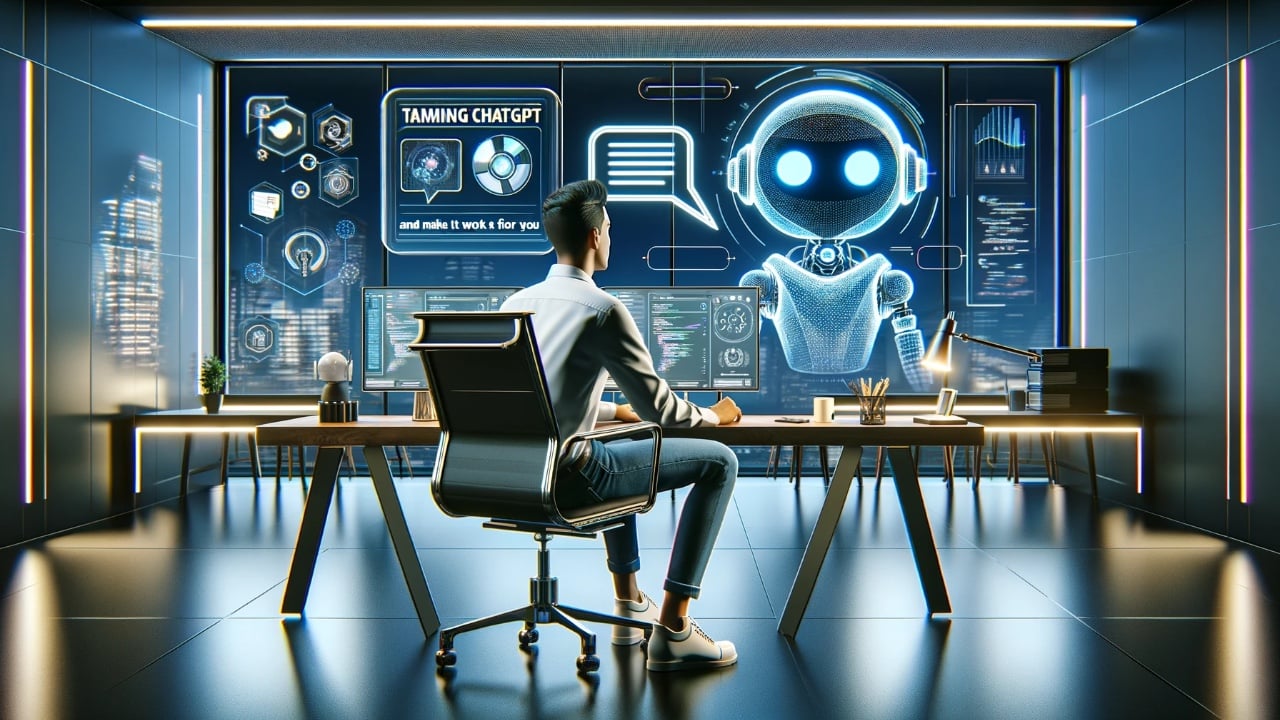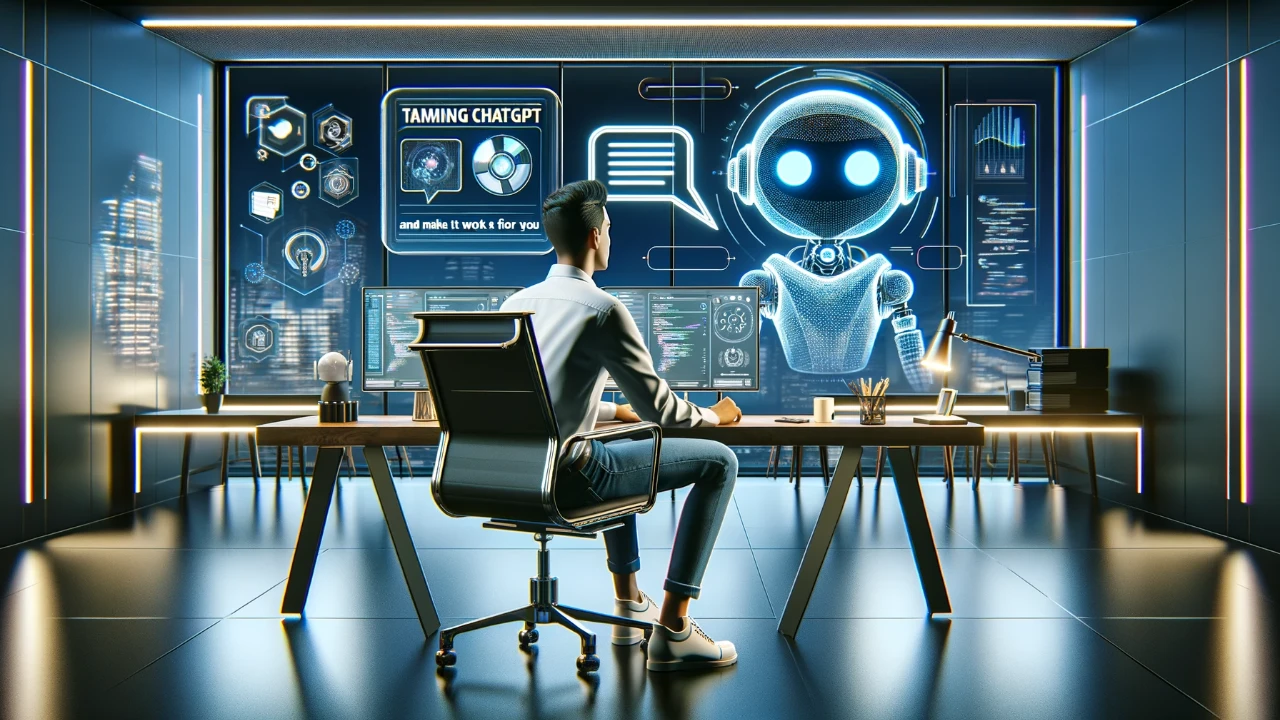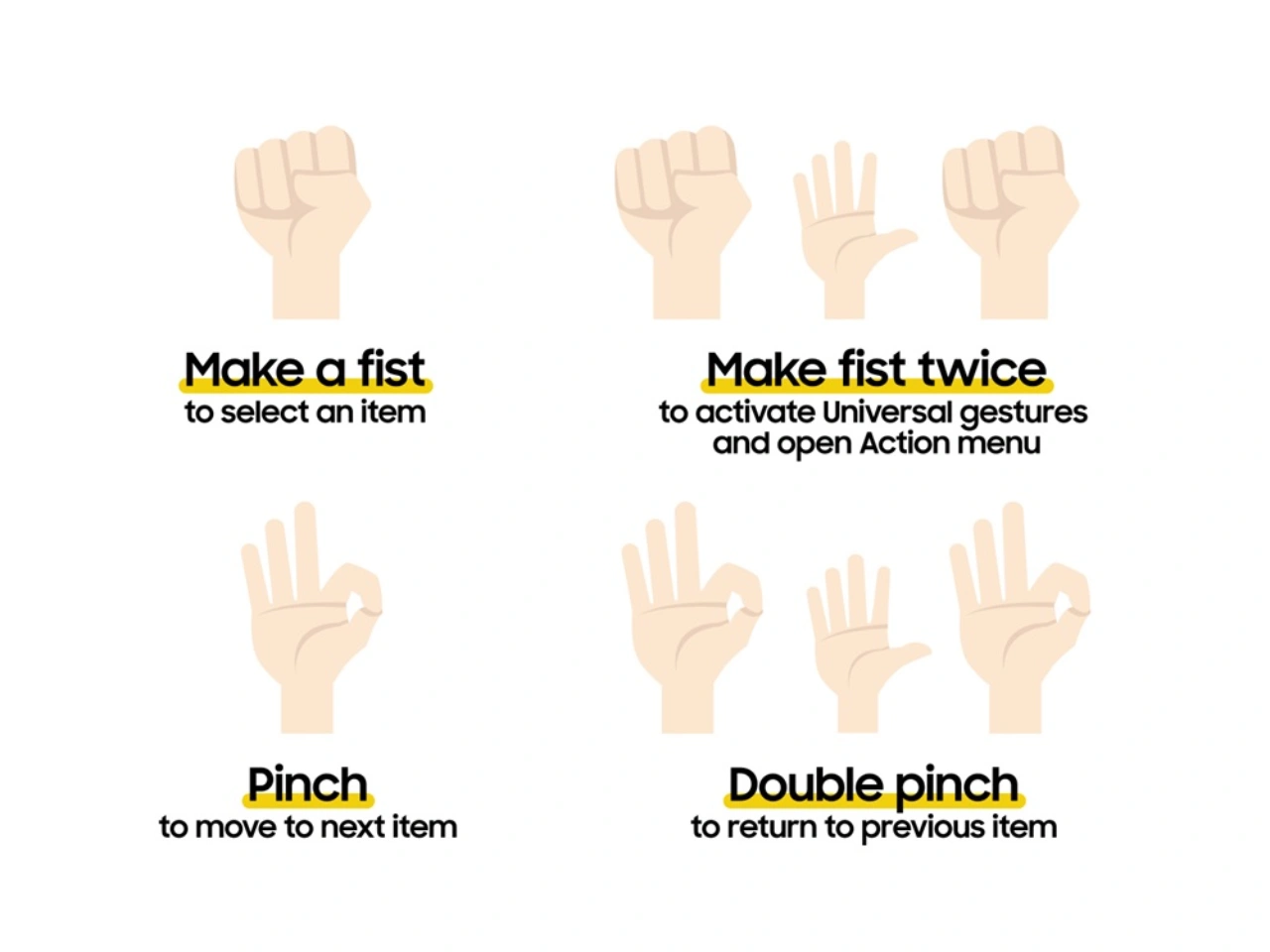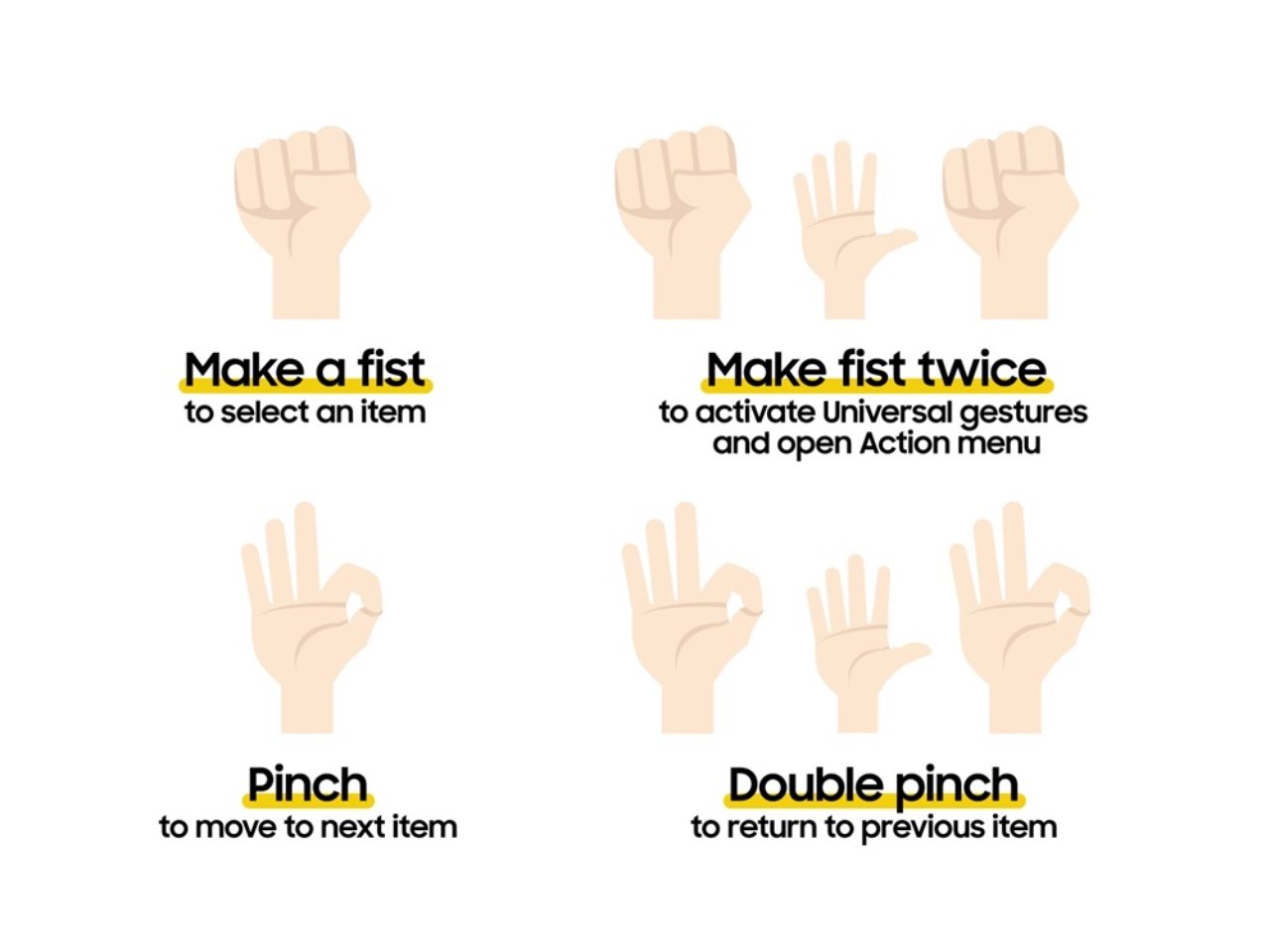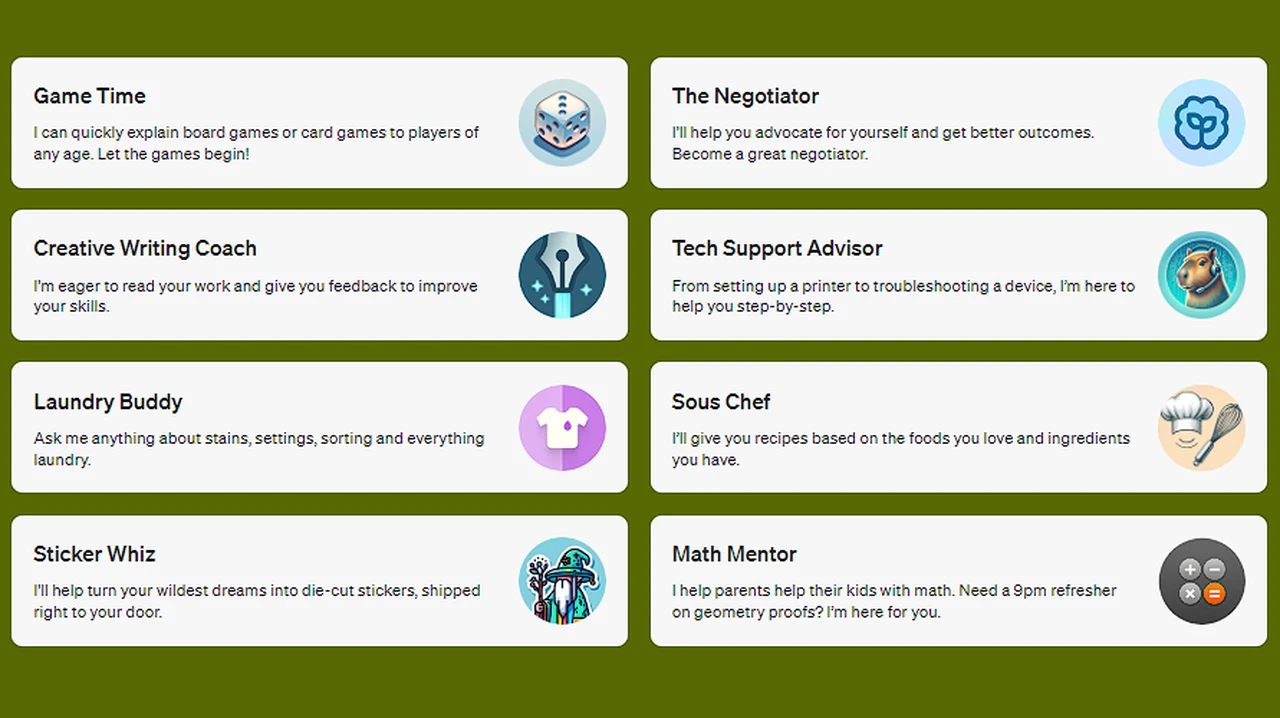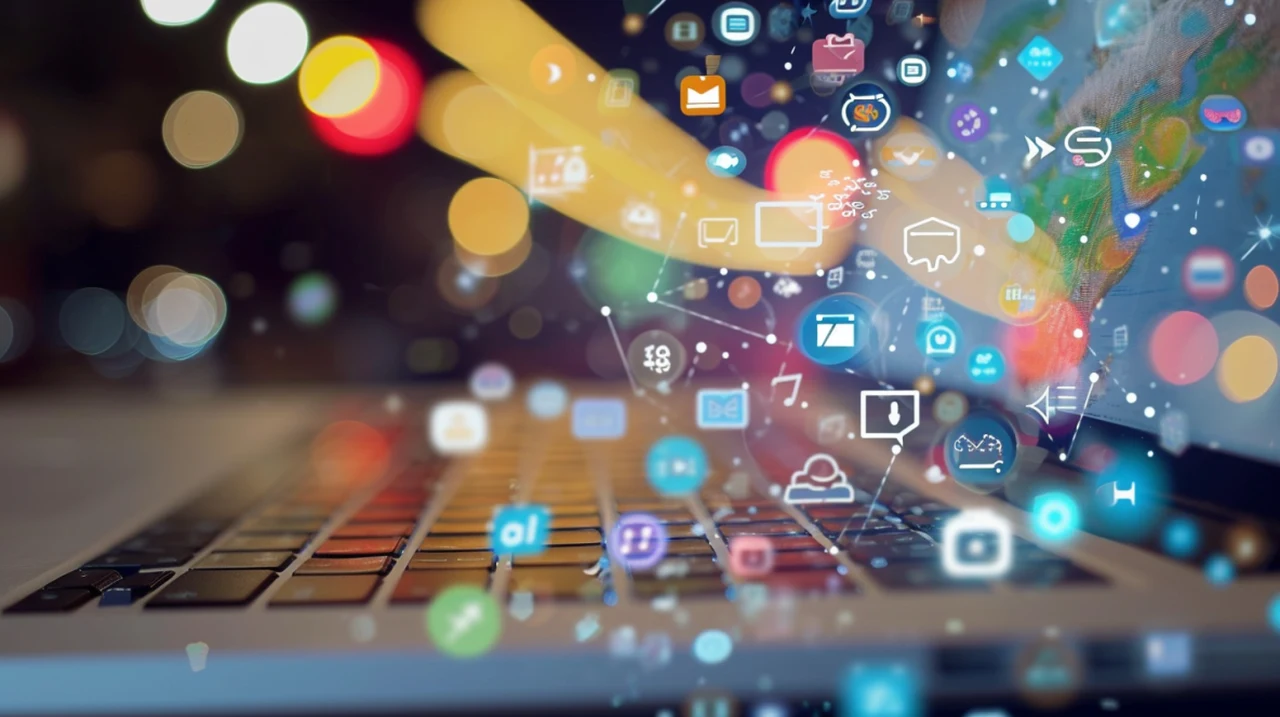
Transformers, a groundbreaking architecture in the field of natural language processing (NLP), have revolutionized how machines understand and generate human language. This introduction will delve into the fundamental concepts of transformer models, exploring their unique structure and mechanisms. Unlike traditional models that process data sequentially, transformers employ attention mechanisms, allowing them to evaluate all parts of the input data simultaneously.
This parallel processing capability not only enhances efficiency but also improves the model’s ability to capture context, a crucial aspect in understanding language nuances. By unpacking the core components of transformers, such as self-attention and positional encodings, we’ll uncover how these models achieve remarkable performance in tasks like language translation, text generation, and sentiment analysis. This discussion aims to provide a comprehensive understanding of transformer models, their evolution from earlier NLP models, and their profound impact on the landscape of artificial intelligence.
Transformer models stand out as a pivotal development in the realm of natural language processing (NLP). These sophisticated models are the driving force behind a myriad of language-based applications that have become integral to our daily lives. From the translation tools that break down language barriers to the chatbots that provide instant customer service, and the smart email suggestions that streamline our communication, Transformer models are at the heart of these innovations.
At the core of these models lies an innovative architecture that has shifted the way machines understand and generate human language. This architecture is designed to process words in the context of the entire sentence or paragraph, which significantly enhances the relevance and coherence of the language produced. This is a stark contrast to previous models that relied on recurrent processing to handle sequential data. Transformers have done away with this, resulting in a more efficient and effective system.
The journey of understanding a piece of text by a Transformer model begins with tokenization. This step involves breaking down the text into smaller, more manageable units, such as words or subwords. This simplification is crucial as it makes the language easier for the model to process. Following tokenization, each piece of text, or ‘token,’ is transformed into a numerical vector through a process called embedding. This step is vital as it places words with similar meanings closer together in a high-dimensional space, allowing the model to recognize patterns and relationships in the language.
What are Transformer Models
Here are some other articles you may find of interest on the subject of large language models :
To ensure that the model does not lose track of the order in which words appear, positional encoding is added to the embeddings. This gives the model the ability to maintain the sequence of the text, which is essential for understanding the full context and meaning. The heart of the Transformer model is its Transformer blocks. These blocks are equipped with attention mechanisms and neural networks that process the input text in a sequential manner.
The output from these neural networks is then passed through a softmax function, which plays a critical role in the model’s ability to predict the next word in a sequence. The softmax function converts the outputs into a probability distribution, effectively guiding the model in its language generation tasks.
Attention Mechanism
One of the most significant features of the Transformer model is its attention mechanisms. These mechanisms enable the model to focus on different parts of the input sentence, allowing it to understand the context and relationships between words more effectively. This is what gives Transformer models their edge in generating language that is coherent and contextually relevant.
Training Transformer models
Training Transformer models is no small feat. It requires extensive datasets and significant computational resources. These models learn from vast volumes of text, picking up on intricate language patterns. Once the base model is trained, it can be fine-tuned for specific tasks, such as translation or question-answering, by training it further with specialized data.
The softmax function is an integral component of the Transformer architecture. It is the final step that converts the complex outputs of the model into understandable probabilities. This function is what enables the model to make informed choices during language generation, ensuring that the words it predicts are the most likely to follow in a given context.
The introduction of Transformer models has marked a significant milestone in the field of NLP. These models have the remarkable ability to process language with a level of coherence and contextuality that was previously unattainable. Their unique architecture, which includes tokenization, embeddings, positional encoding, Transformer blocks, and the softmax function, distinguishes them from earlier language processing models. As we continue to advance in the field of NLP, Transformer models will undoubtedly play a crucial role in shaping the future of human-computer interaction.
Filed Under: Guides, Top News
Latest timeswonderful Deals
Disclosure: Some of our articles include affiliate links. If you buy something through one of these links, timeswonderful may earn an affiliate commission. Learn about our Disclosure Policy.


